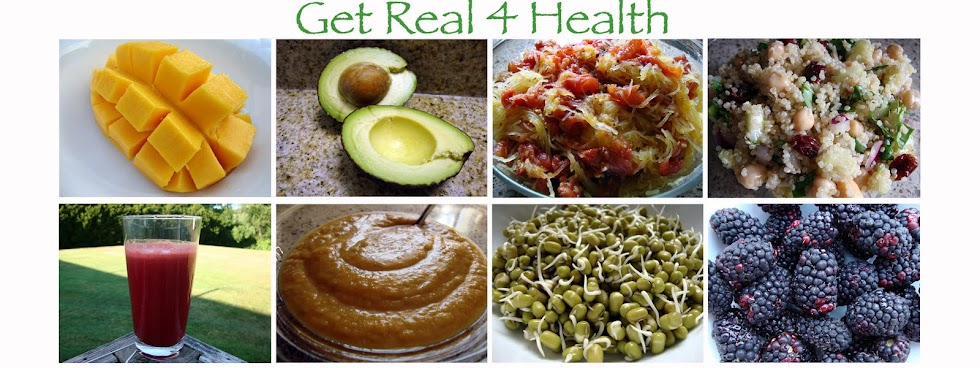
The other day a friend whipped up a fabulous fried rice dish with red rice, onion, cabbage, and chili peppers. I wasn’t even planning to eat but when I saw that rice, I couldn’t resist.
Needless to say, I had fried rice on the brain and wanted to make some at home. A couple of days later, as I was shredding vegetables to ferment, it occurred to me that they would be perfect in a fried rice dish because they would sauté instantly and add a crunchy texture to the rice.

More importantly, if you’re trying to get your kids to eat more green or cruciferous vegetables, this is the perfect way to slip them into a dish, because they add a very nice uniform texture to the rice that is perfect for kids little teeth and a mild flavor that’s spread evenly over the rice so it won’t shock their tastebuds.
They’re also great for a quick soup. Today I got home from my yoga class and combined vegetable broth, a handful of mixed, shredded veggies, an egg and some dulse. It was flavorful, thick, had a little bit of a crunch to it, and literally took 5 minutes to make.
Eating healthy doesn’t have to be complicated or time consuming. This rice took a little more time than the soup, but if the rice and veggies are prepared ahead of time, it will go quick as well. I actually have a glass bowl filled with the vegetables in the fridge that are ready to use for the next few days. And any rice (except sticky rice) will work here. These days, I like the rich colors of the dark rices.
Hidden-Vegetable Fried Rice
3 – 4 c cooked rice (brown, black, mahogany, etc., cooked in vegetable broth)
2 T grapeseed oil, divided
1 c leeks, chopped crosswise
½ c each green and red cabbage, carrots, and kale, processed in the food processor into small particles
1 - 2 T tamari
3 eggs, scrambled or cooked omelet style then cut into bite-sized pieces
sea salt and pepper to taste
If not prepared ahead of time, cook the rice according to the directions on the package (I also soak my rice several hours before cooking). Meanwhile, heat 1T oil in a large skillet or dutch oven and sauté the leeks on medium heat until tender. Add the processed vegetables and sauté a couple of minutes more. Add the remaining oil, tamari, and the rice, mix well and continue to “fry” the rice for ~5 minutes. Add the egg, salt and pepper, and mix well. Serve immediately.



















